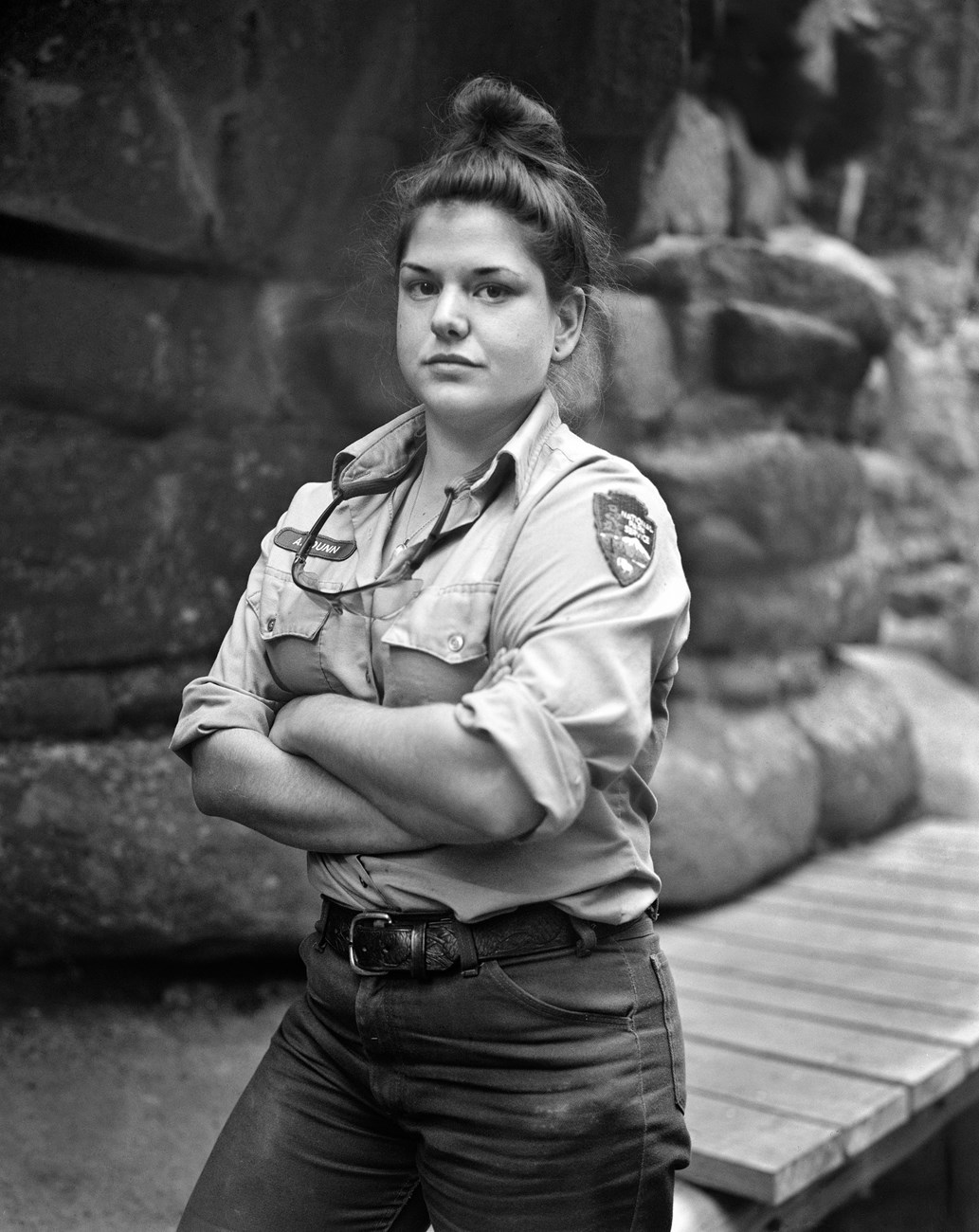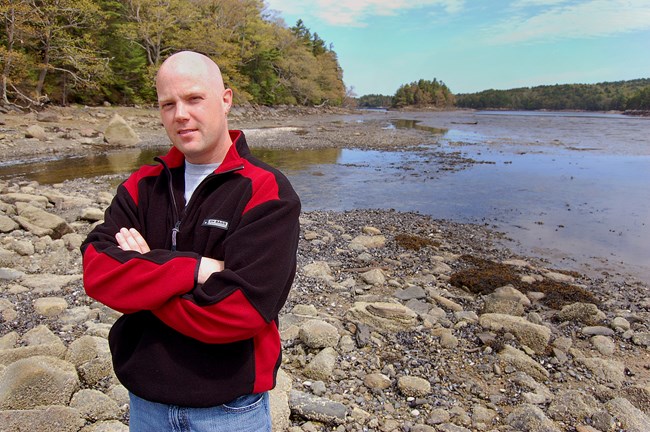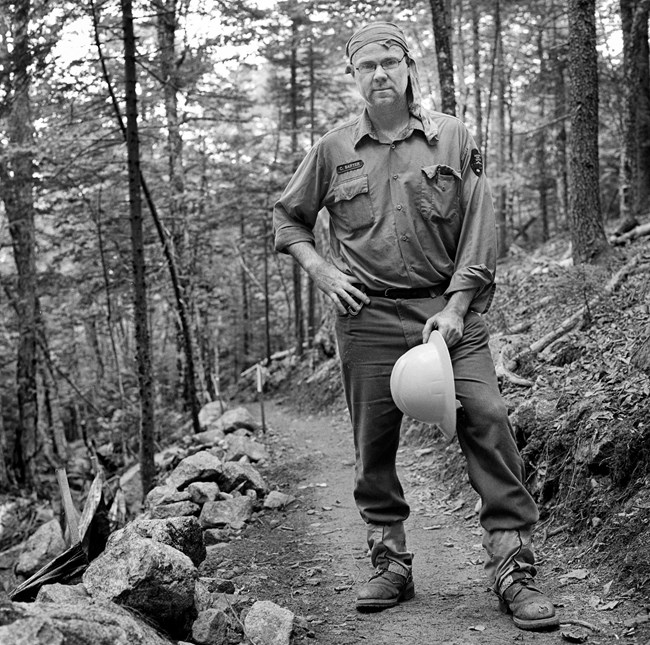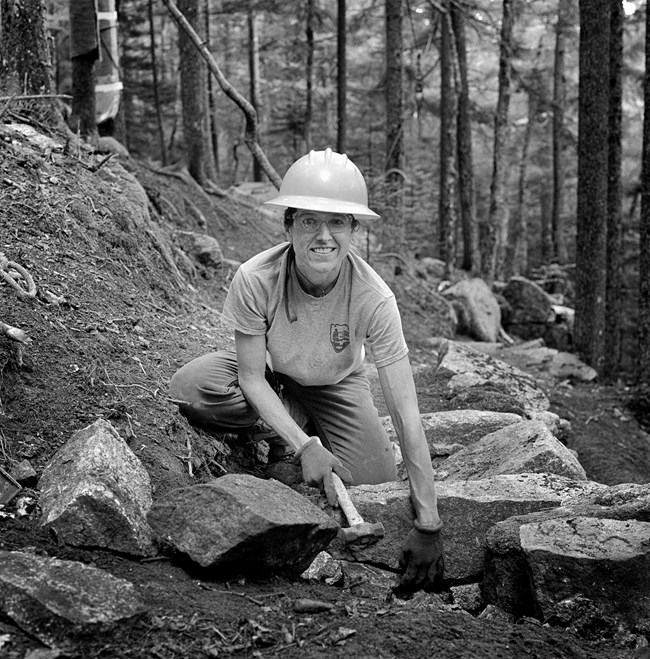
Photo Coutesy of Dan Grenier. Used with permission.

For more than fifteen years, I’ve made my living managing conservation lands for The Nature Conservancy in Maine. My academic background is in biology/forest ecology, having earned a bachelor’s degree in arts from the University of Maine at Farmington, Farmington, Maine, USA, and a master’s degree in science from the Université du Québec à Montréal, Montréal, Québec, Canada. Art and photography have been a relatively new pursuit. I mainly use antique cameras and film, preferring the feel of this equipment and materials to meet vision. I process my own film and make silver gelatin prints by hand (i.e., optically enlarge) in a traditional wet darkroom lab. 
Photo Courtesy of Dan Grenier. Used with permission. 
Photo Courtesy of Dan Grenier. Used with permission. 
Photo Courtesy of Dan Grenier. Used with permission. 
Photo Courtesy of Dan Grenier. Used with permission. 
Photo Courtesy of Dan Grenier. Used with permission. 
Photo Courtesy of Dan Grenier. Used with permission. 
Photo Courtesy of Dan Grenier. Used with permission. 
Photo Courtesy of Dan Grenier. Used with permission. 
Photo Courtesy of Dan Grenier. Used with permission. 
Photo Courtesy of Dan Grenier. Used with permission. 
Photo Courtesy of Dan Grenier. Used with permission. 
Photo Courtesy of Dan Grenier. Used with permission. ► Return to Artist-in-Residence Catalog |
Last updated: January 7, 2020
